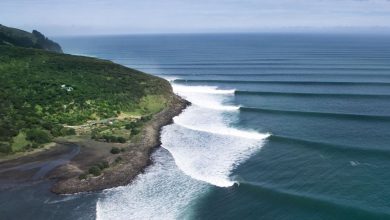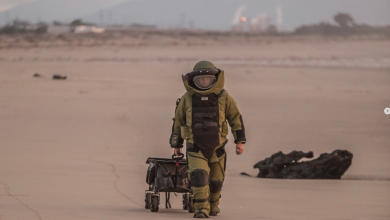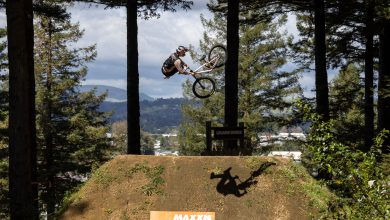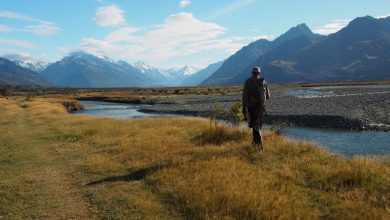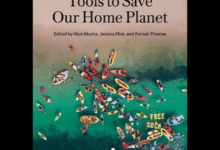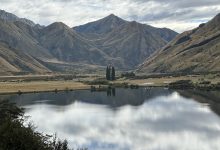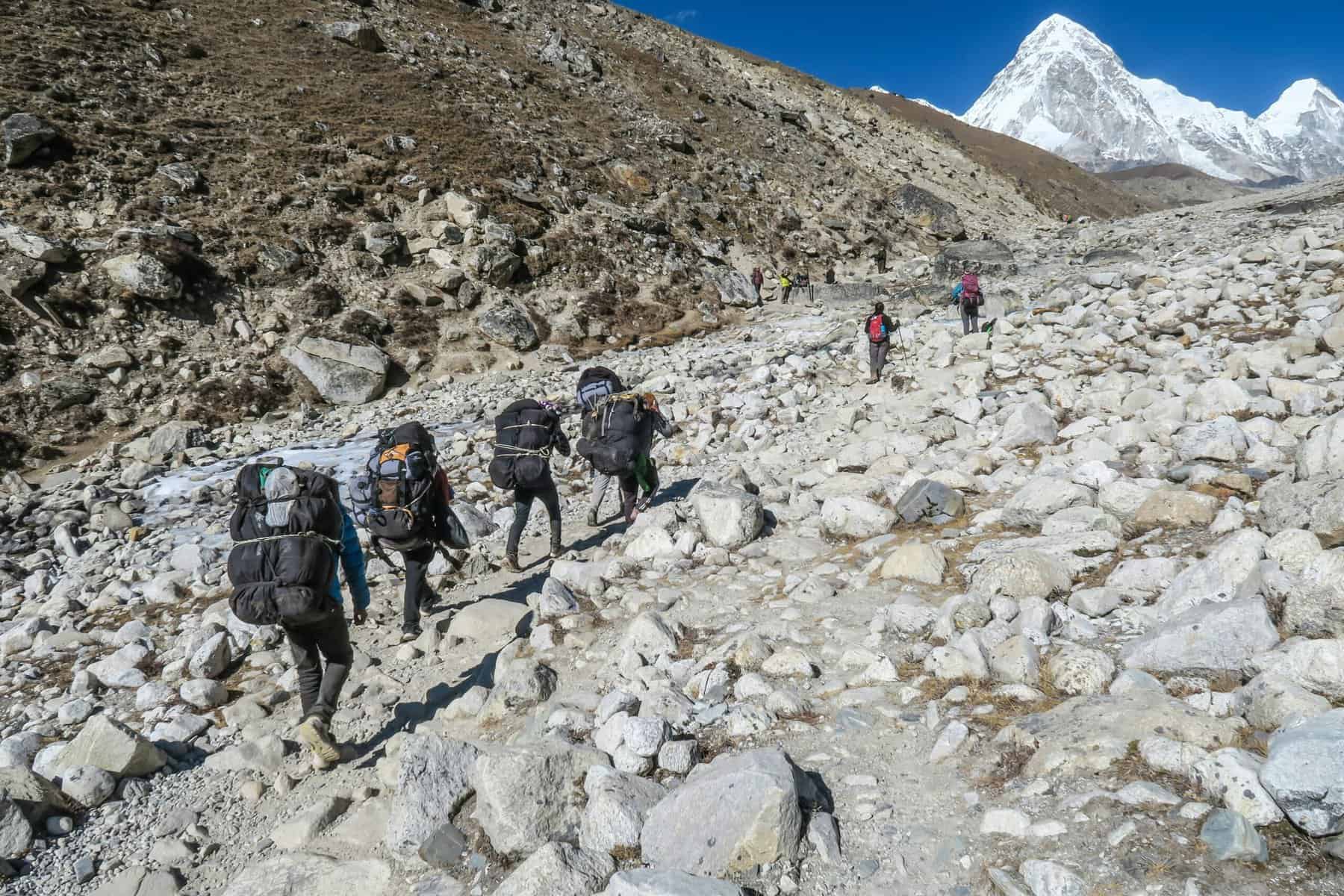
As New Zealand debates the need for permits in our most sought-after national parks, a similar discussion is unfolding on the world’s highest mountain. Everest, long a symbol of extreme adventure, is now at the centre of a regulatory shift that could redefine who gets to climb it—and how.
Nepal’s long-anticipated Everest permit fee increase is taking a backseat—at least for a few months. Originally set to rise by 36%, from $11,000 to $15,000, the fee hike was part of a broader set of regulations aimed at reshaping how climbers tackle the world’s highest peak. Among the most controversial changes? A ban on solo ascents, forcing all climbers to hire a Sherpa guide.
The announcement, made just two months ago, sent shockwaves through the mountaineering world. Many climbers had already planned and paid for their base camp logistics, expecting to ascend without external support. While climbing without Sherpa assistance was once the norm, today’s independent mountaineers often seek remote, less-traveled peaks rather than the overcrowded 8,000m giants.
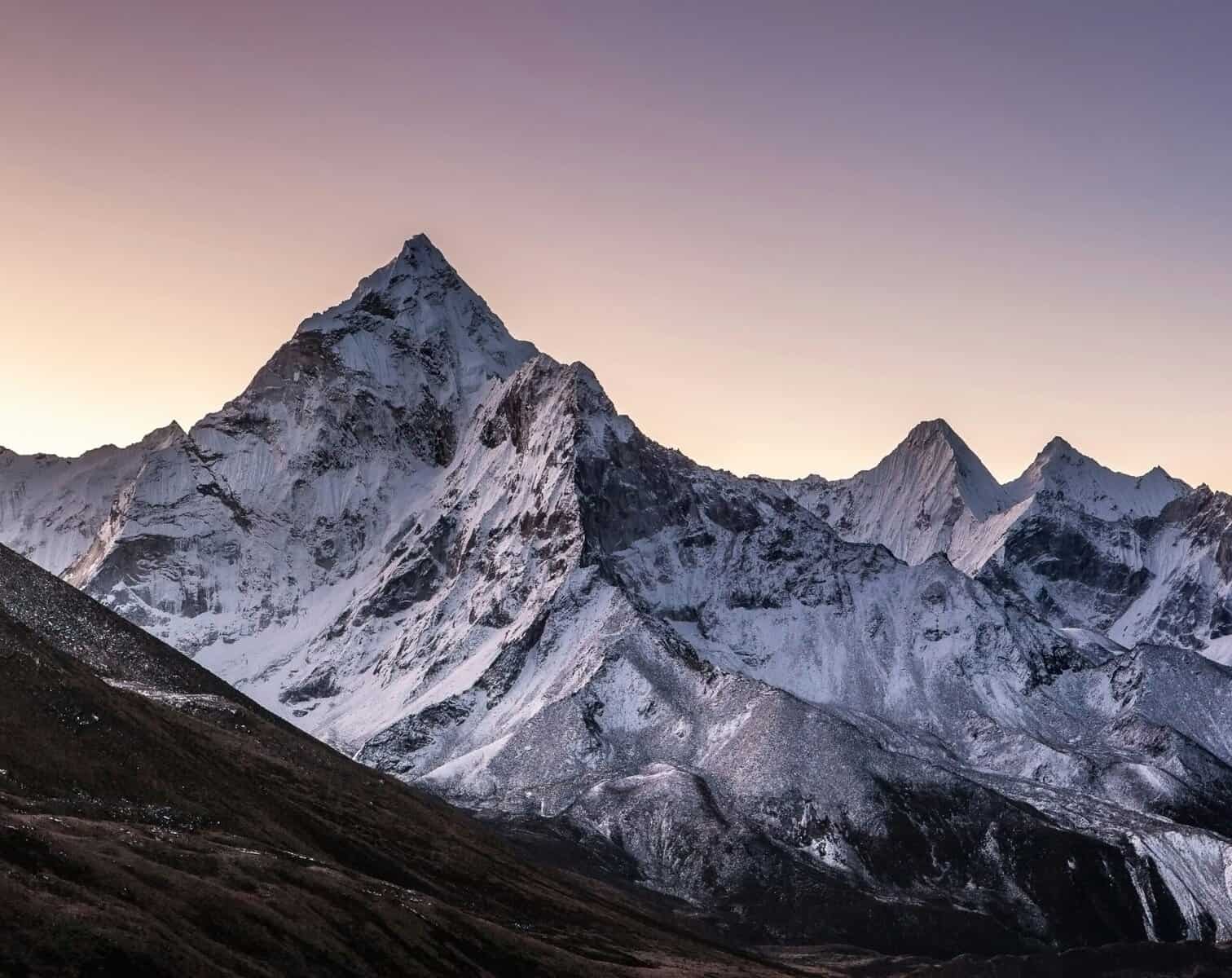 Everest
Everest
Solo Climbers and the New Rules
Under Nepal’s new classification, “solo” doesn’t just mean going it completely alone. Even climbers on the standard routes who benefit from fixed ropes and pre-broken trails—but carry their own gear and forego supplementary oxygen—are now considered solo. This includes seasoned alpinists who, despite their self-sufficiency, will be forced to hire a Sherpa.
The implications are significant. The ban directly impacts climbers like Tyler Andrews (USA) and Karl Egloff (Ecuador), who are pushing speed records on Everest, as well as independent teams currently attempting Annapurna and Makalu. For those who take pride in an unassisted ascent, having a Sherpa—even one carrying only an emergency oxygen bottle—changes the nature of the climb.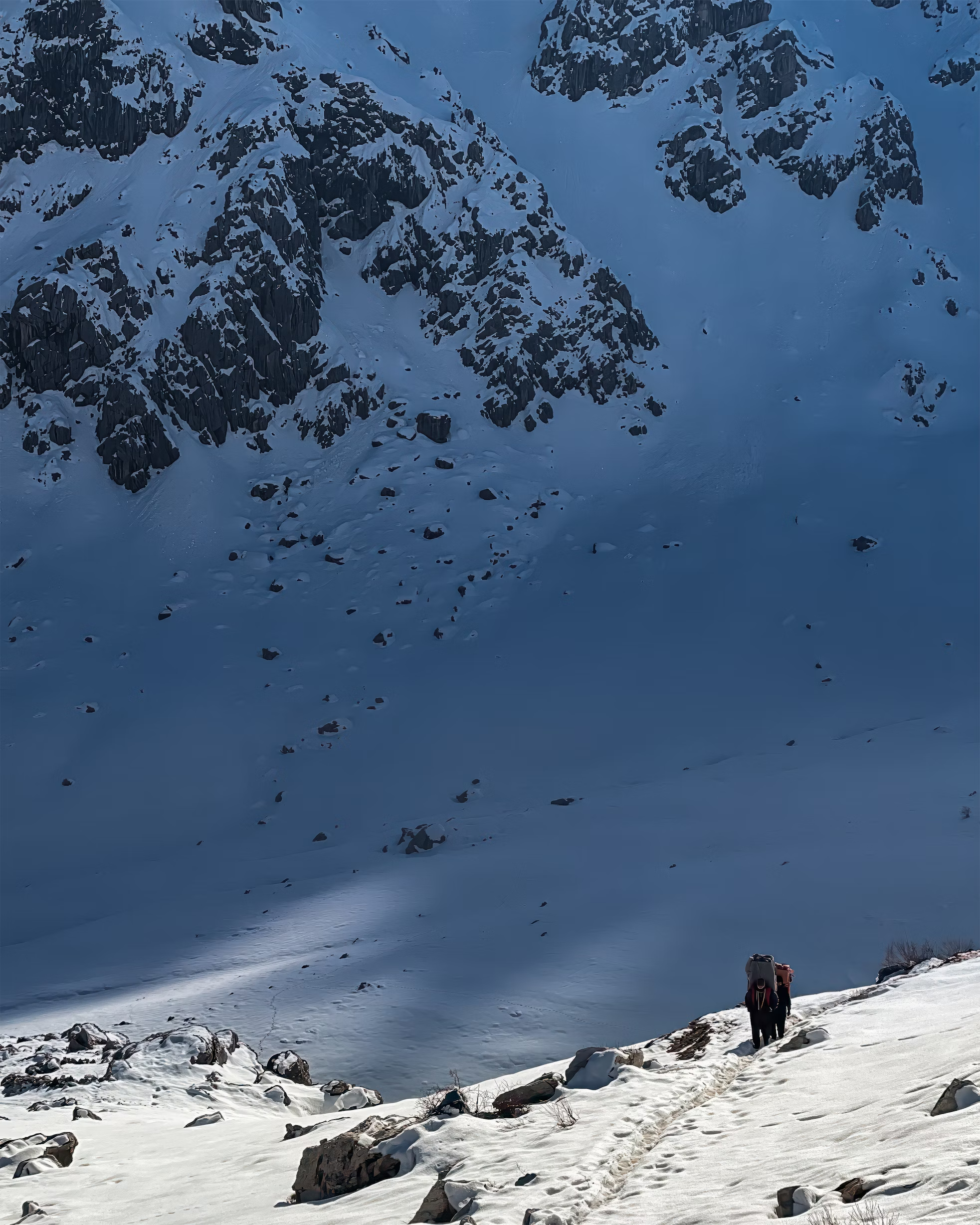
Access to Everest is changing
The Industry Response
The move has divided opinions. Many outfitters support the ban, arguing that it enhances safety on the mountain. Others impose their own restrictions, refusing to allow no-O2 climbers unless they agree to have a Sherpa accompany them with an emergency bottle. The rules also raise unresolved questions: What if the independent climber is a certified mountain guide? What about Sherpas who wish to climb 8,000m peaks on their own? And how will these restrictions apply to those attempting new routes beyond the busy normal lines?
Under the revised regulations, climbers must have at least one Sherpa per two climbers—a seemingly low ratio, given that many clients on Everest already opt for a personal Sherpa or even two. The impact of these rules will become clearer once they officially take effect.
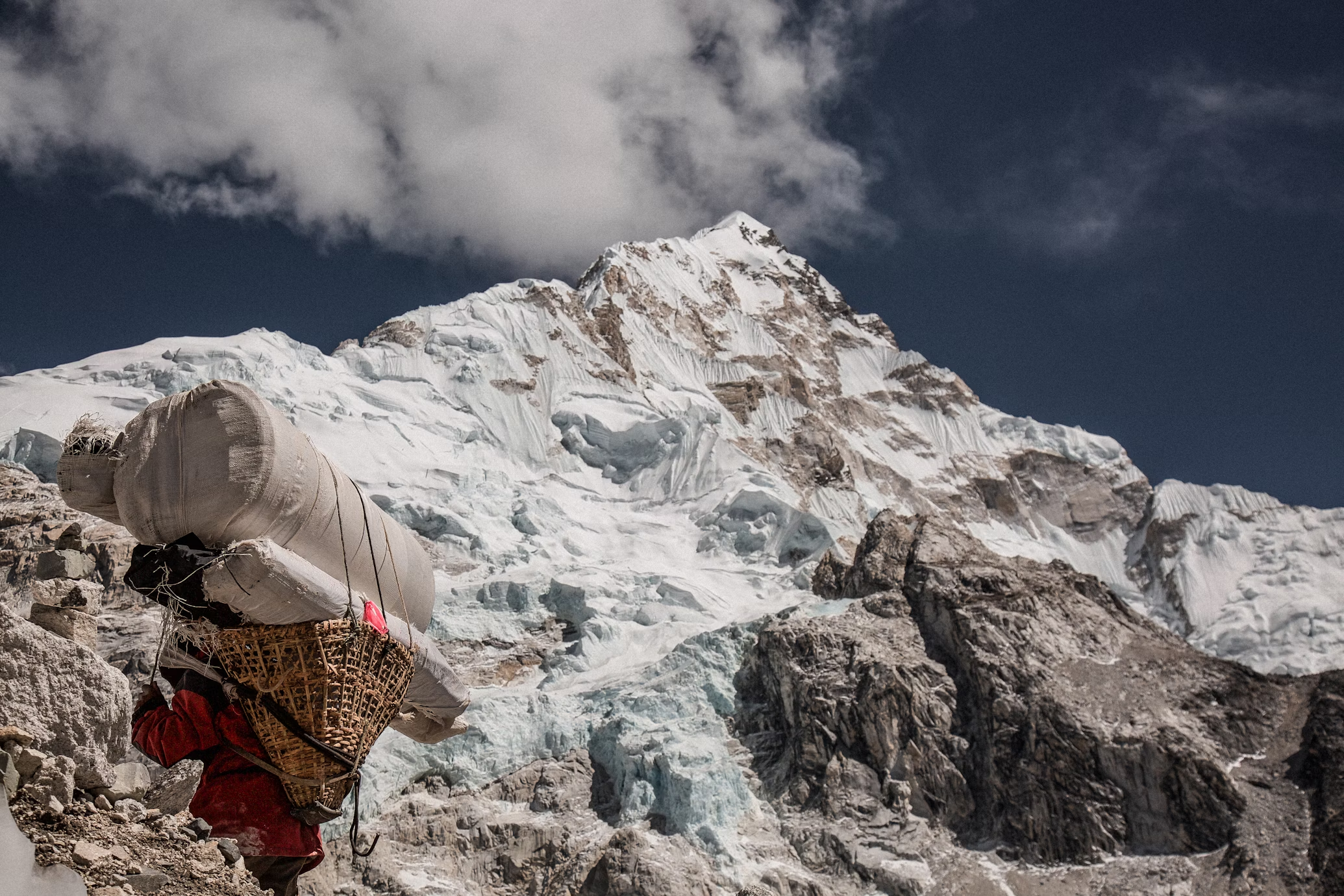 Everest has become more daunting as a mountain
Everest has become more daunting as a mountain
The Delay and the Testing Ground
For now, the changes have been postponed until September, with Manaslu set to be the test case. With nearly all climbers on Manaslu relying on Sherpa support, it provides a controlled environment to implement the new rules. Everest and the other 8,000m peaks in Nepal see little autumn traffic, so the first major test of these regulations will likely come next spring.
For now, solo-minded climbers still have a window of opportunity—but come next year, Everest may become a very different mountain to climb.



